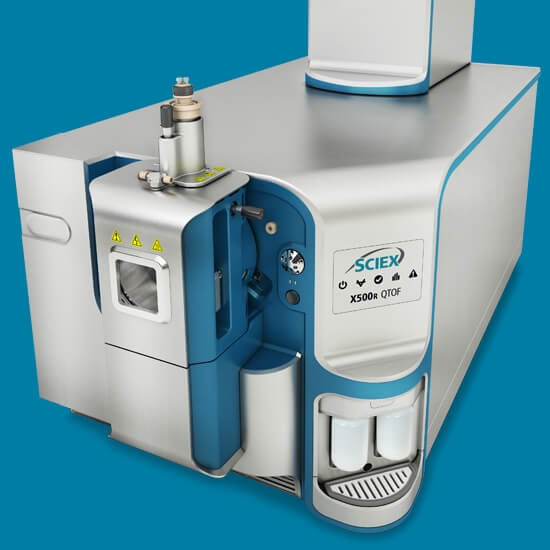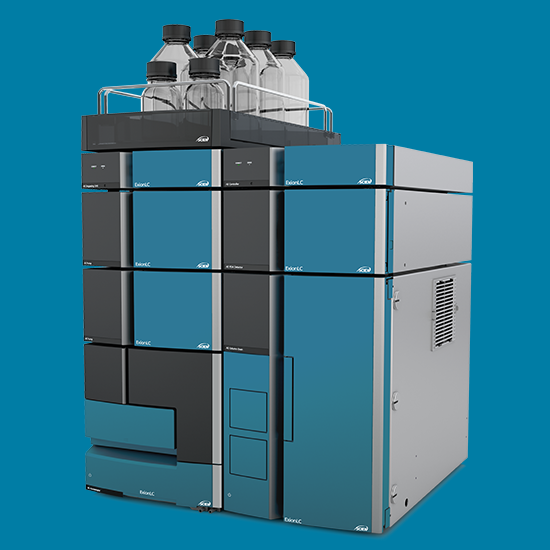Nonionic ethoxylates are used as surfactants in laundry detergents and industrial cleaning products. It is also used as emulsifiers and solubilizers in pharmaceutical preparations and additives in cosmetic creams and lotions.1 Some of the most common groups of these chemicals are alcohol ethoxylates (AEs), nonylphenols (NPs) and nonylphenol ethoxylates (NPEs), which are commonly found in surface water and wastewater.2
While several studies3-4 have concluded AEs have a low toxic risk due to their ability to biodegrade extensively, there is research that raises questions. For example, one study found that AEs produce high toxicity in tadpoles.5 Other studies have shown NPs and NPEs, which are produced in large volumes, are persistent in the aquatic environment and possibly toxic,6-7 so much so that regulators such as the US Environmental Protection Agency (EPA) recommends NP levels to be no higher than 6.6 µg/L for acute exposures and 1.7 µg/L for chronic exposures. Environment Canada has also established a concerning level for NP of 0.7 µg/L for indefinitely chronic exposures.8


